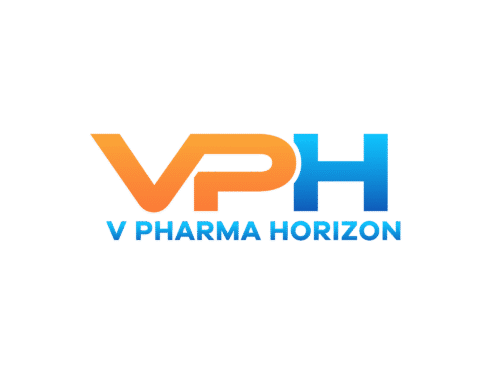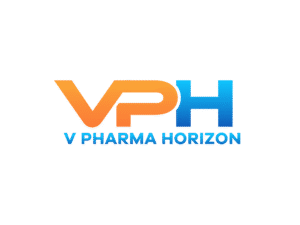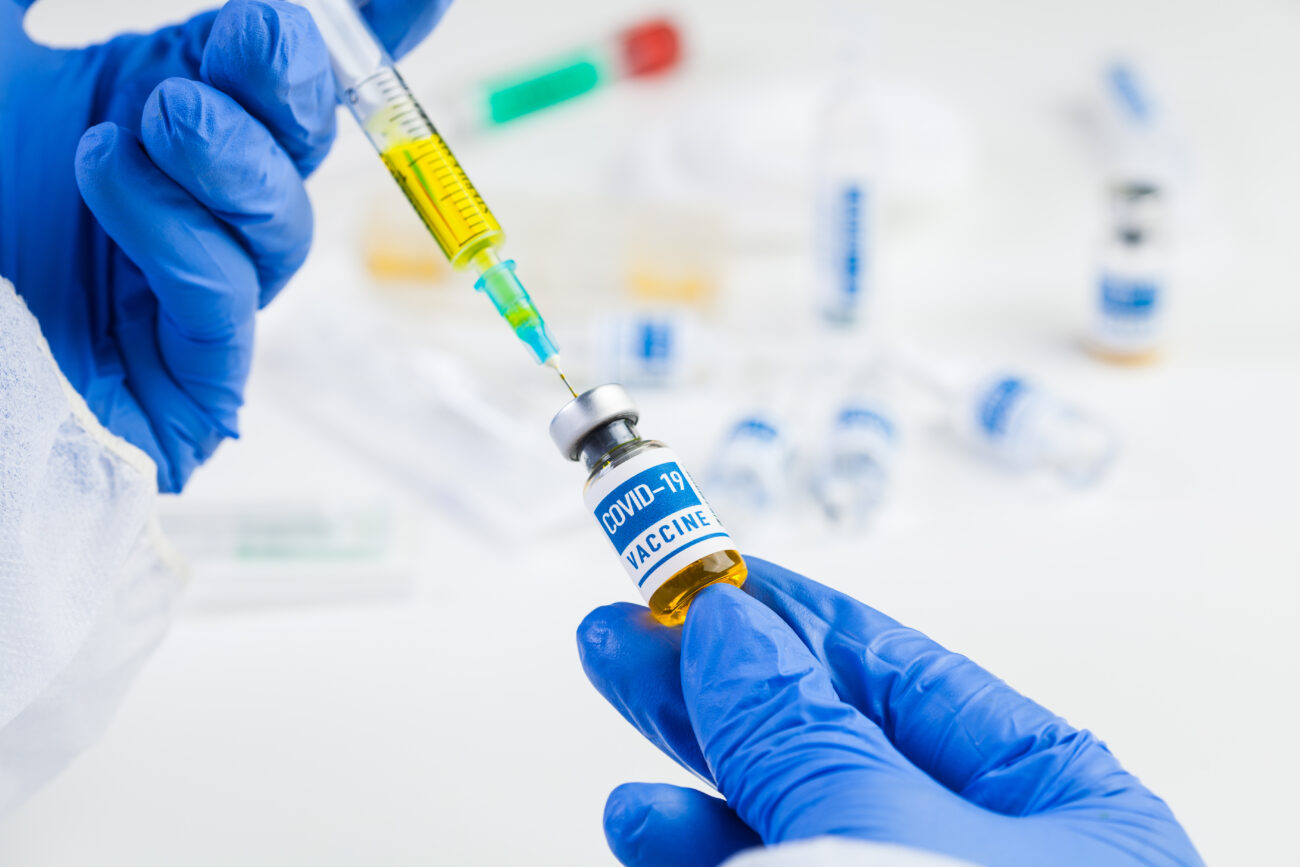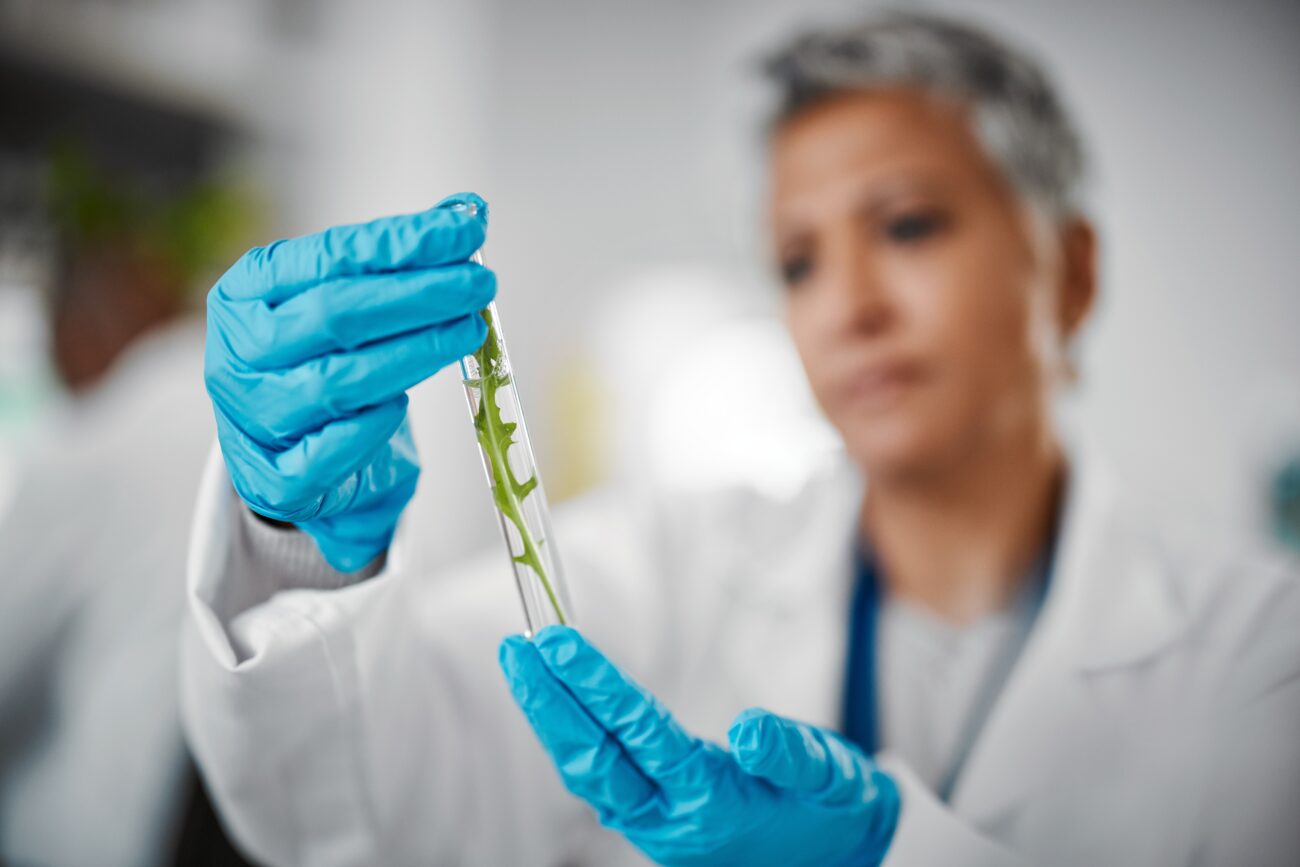The Promise of AI in De-Risking Drug Pipelines
In the high-stakes world of pharmaceutical research and development, risk is a constant companion. With drug development timelines often stretching over a decade and average costs exceeding $2.5 billion per successful drug, failure is not
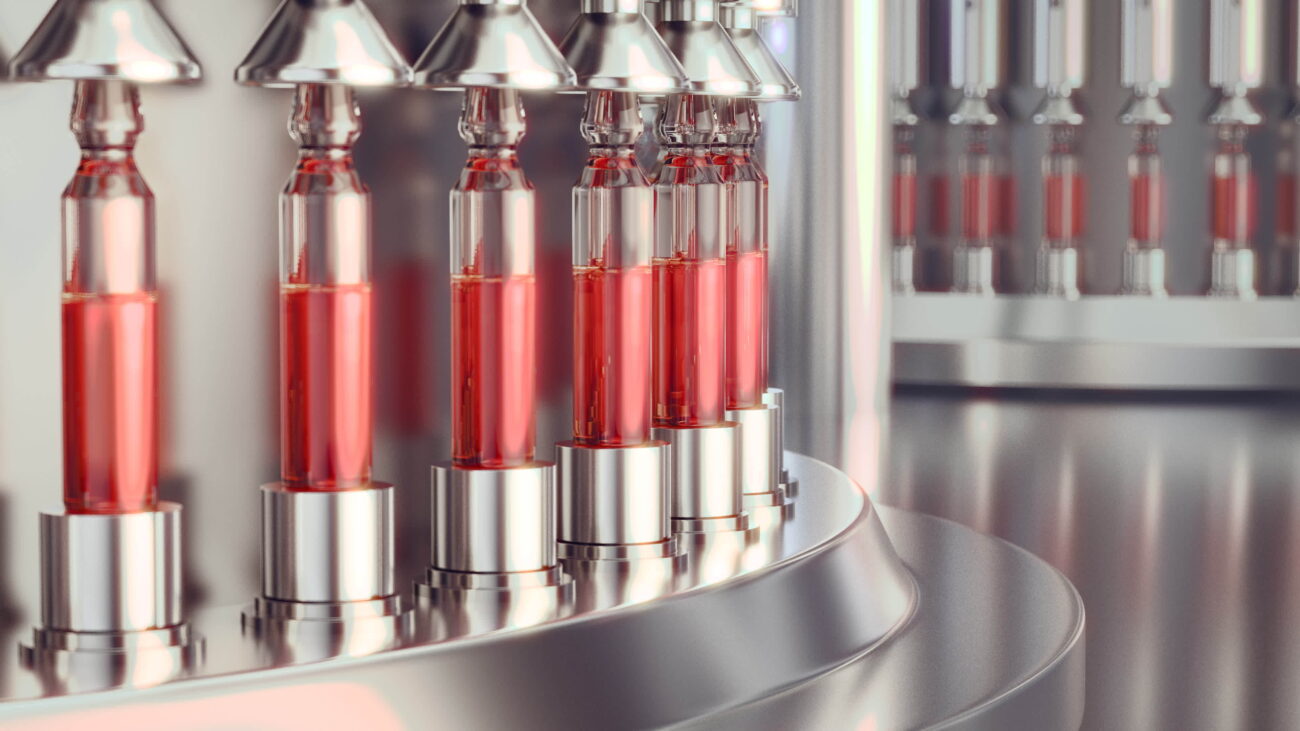
In the high-stakes world of pharmaceutical research and development, risk is a constant companion. With drug development timelines often stretching over a decade and average costs exceeding $2.5 billion per successful drug, failure is not just costly—it’s devastating. Approximately 90% of drug candidates entering clinical trials never reach the market. Amid these odds, Artificial Intelligence (AI) is emerging as a transformative force, offering new strategies to de-risk the drug pipeline from discovery through to approval.
Understanding Risk in Drug Development
Risk in drug development manifests at every stage—from early compound screening to late-phase clinical trials. Scientific uncertainty, regulatory hurdles, unforeseen adverse events, and market dynamics contribute to a landscape where even the most promising candidate can falter. De-risking, therefore, involves minimizing uncertainty through smarter decision-making, early failure identification, and optimized resource allocation.
How AI is Rewiring Risk Assessment
AI’s power lies in its ability to analyze vast datasets, detect patterns, and make predictions that would be impossible—or prohibitively time-consuming—for humans. Here’s how AI is helping reduce risk across the drug development lifecycle:
1. Target Identification and Validation
AI-driven platforms can sift through genomic, proteomic, and clinical data to identify and validate novel drug targets with higher precision. By using machine learning to understand disease biology at a systems level, AI reduces the risk of pursuing non-viable targets.
2. Molecular Design and Optimization
Generative AI models like deep learning networks can design drug-like molecules optimized for binding affinity, safety, and manufacturability. This shortens the lead optimization phase and reduces the chances of late-stage failure due to poor pharmacokinetics or toxicity.
3. Predictive Toxicology
AI can simulate how a compound will interact with various biological pathways, predicting toxicological risks before animal or human testing. This approach enables earlier termination of unsafe candidates and prevents expensive downstream failures.
4. Clinical Trial Design and Recruitment
One of the costliest risks is clinical trial failure due to poor design or recruitment delays. AI algorithms help optimize trial protocols, select the right patient populations using real-world data, and improve recruitment through predictive analytics—thereby improving trial success rates.
5. Biomarker Discovery and Patient Stratification
AI enhances the identification of predictive biomarkers, enabling the development of precision medicine strategies. By matching drugs to the patients most likely to benefit, AI reduces the risk of heterogeneous trial results and improves regulatory outcomes.
6. Regulatory Documentation and Real-World Evidence
Natural language processing tools assist in compiling comprehensive regulatory submissions and mining post-market real-world evidence. This ensures alignment with regulatory expectations and supports post-approval safety monitoring.
Case in Point: Industry Adoption
Pharma giants like Pfizer, Novartis, and Roche are actively integrating AI into their pipelines. For example, Pfizer used AI to help accelerate COVID-19 vaccine development by identifying optimal mRNA sequences and managing clinical trial data. Startups like Atomwise, Insilico Medicine, and BenevolentAI are also leading in AI-driven drug discovery, producing viable candidates with unprecedented speed and precision.
The Human-AI Synergy
AI does not replace human expertise but augments it. Scientists, clinicians, and regulatory experts are increasingly becoming AI-literate, working in tandem with algorithms to make informed, faster, and less risky decisions. This collaboration is the true heart of de-risking efforts—where human judgment meets machine efficiency.
Challenges and Ethical Considerations
Despite its promise, AI’s implementation is not without challenges. Data quality, algorithmic bias, lack of transparency (the “black box” problem), and regulatory uncertainty can hinder trust and adoption. Ethical frameworks, transparent validation processes, and collaboration between industry and regulators will be crucial to realizing AI’s full potential.
AI is not a panacea, but it is a powerful enabler in the quest to bring safer, more effective drugs to market faster and with fewer failures. By de-risking every stage of the drug pipeline—from discovery to delivery—AI is helping reshape the economics and ethics of modern drug development. As algorithms continue to learn and evolve, the pharmaceutical industry stands on the cusp of a new era—one where risk is no longer a barrier, but a frontier to be intelligently navigated.
